Sealife guideThe marine plants
Marine plants are not strictly a separate phylum in themselves. We will rather talk about the plant kingdom as opposed to the animal kingdom.
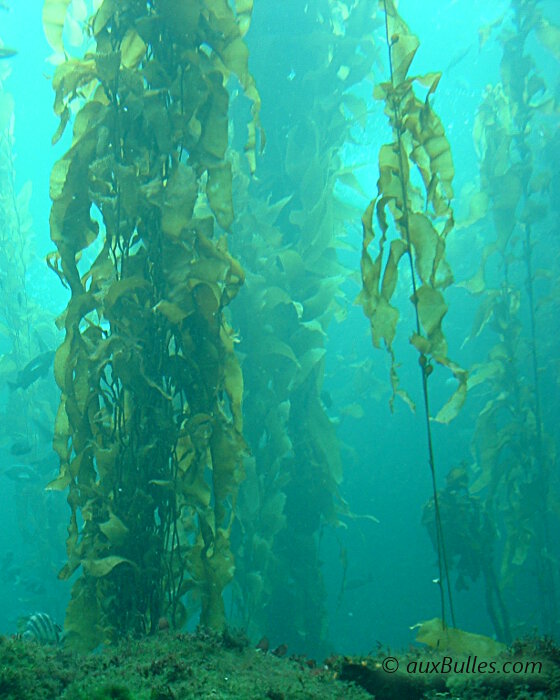
The marine plants
The plant kingdom
In fact, the plant kingdom represents all living organisms capable of producing their own organic matter through photosynthesis, thanks to the presence of chlorophyll.
The plant kingdom contains significantly fewer species, around 300,000, than the animal kingdom and when we limit ourselves to the underwater world, we find two main groups:
- on one hand, the Thallophytes with marine algae. They are made up of a thallus and lack roots, stems and leaves.
- on the other hand, the Cormophytes represented by the Phanerogams or marine flowering plants
Some marine plants to discover
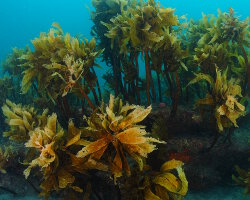
Common kelp
(Ecklonia radiata)
(Ecklonia radiata)
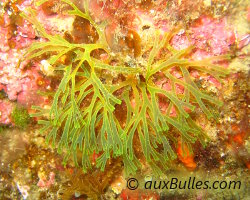
Forkweed
(Dictyota dichotoma)
(Dictyota dichotoma)

Golden kelp
(Laminaria ochroleuca)
(Laminaria ochroleuca)
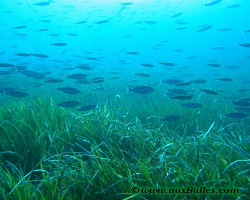
Neptune grass
(Posidonia oceanica)
(Posidonia oceanica)
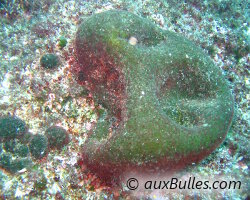
Purse codium
(Codium bursa)
(Codium bursa)
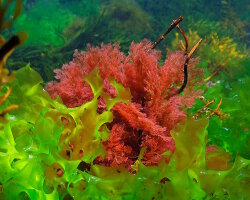
Sea comb
(Plocamium cartilagineum)
(Plocamium cartilagineum)

Sea lettuce
(Ulva lactuca)
(Ulva lactuca)
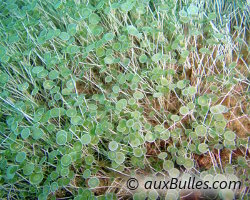
Umbrella weed
(Acetabularia acetabulum)
(Acetabularia acetabulum)
Our latestUpdates
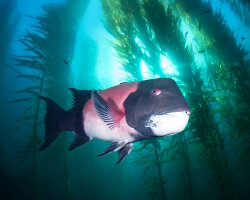
Thursday, October 2nd 2025
The California sheephead
Discover the California sheephead, a colorful fish of the eastern Pacific. Learn about its appearance, diet, habitat in kelp forests, unique sex-changing ability and role in marine ecosystems.

Monday, September 29th 2025
The banded guitarfish
Discover the banded guitarfish, a benthic eastern Pacific species with unique camouflage, living on sandy and rocky bottoms.
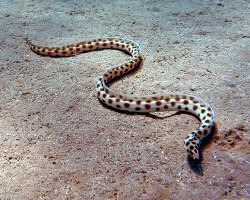
Thursday, September 25th 2025
The tiger snake eel
Explore the tiger snake eel (Myrichthys maculosus), featuring a creamy to pale yellow body dotted with black spots, and learn about its habitat, behavior and role in coral reef ecosystems.
Photo of the Day

Salmacine
(Filograna implexa)
(Filograna implexa)
